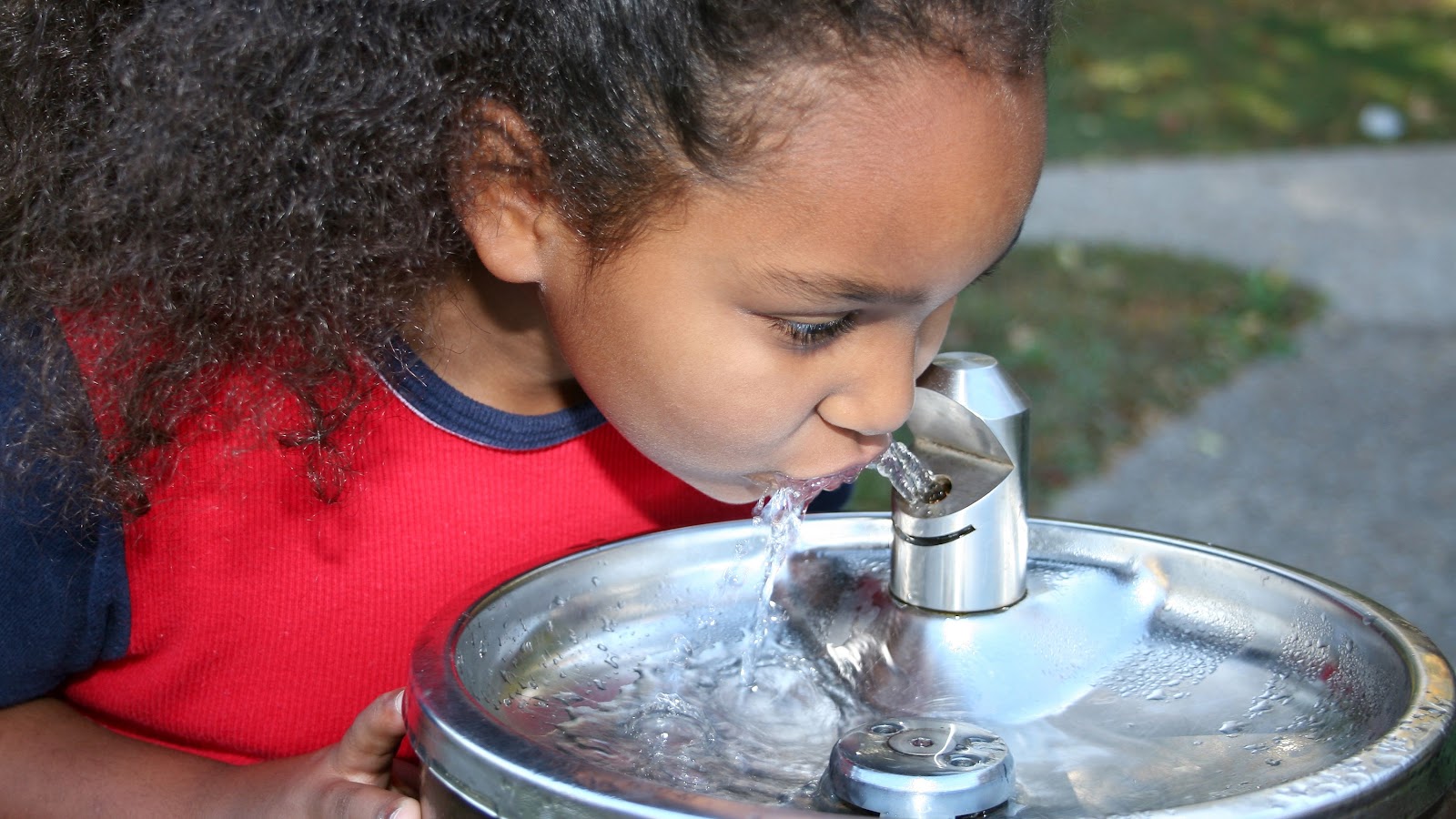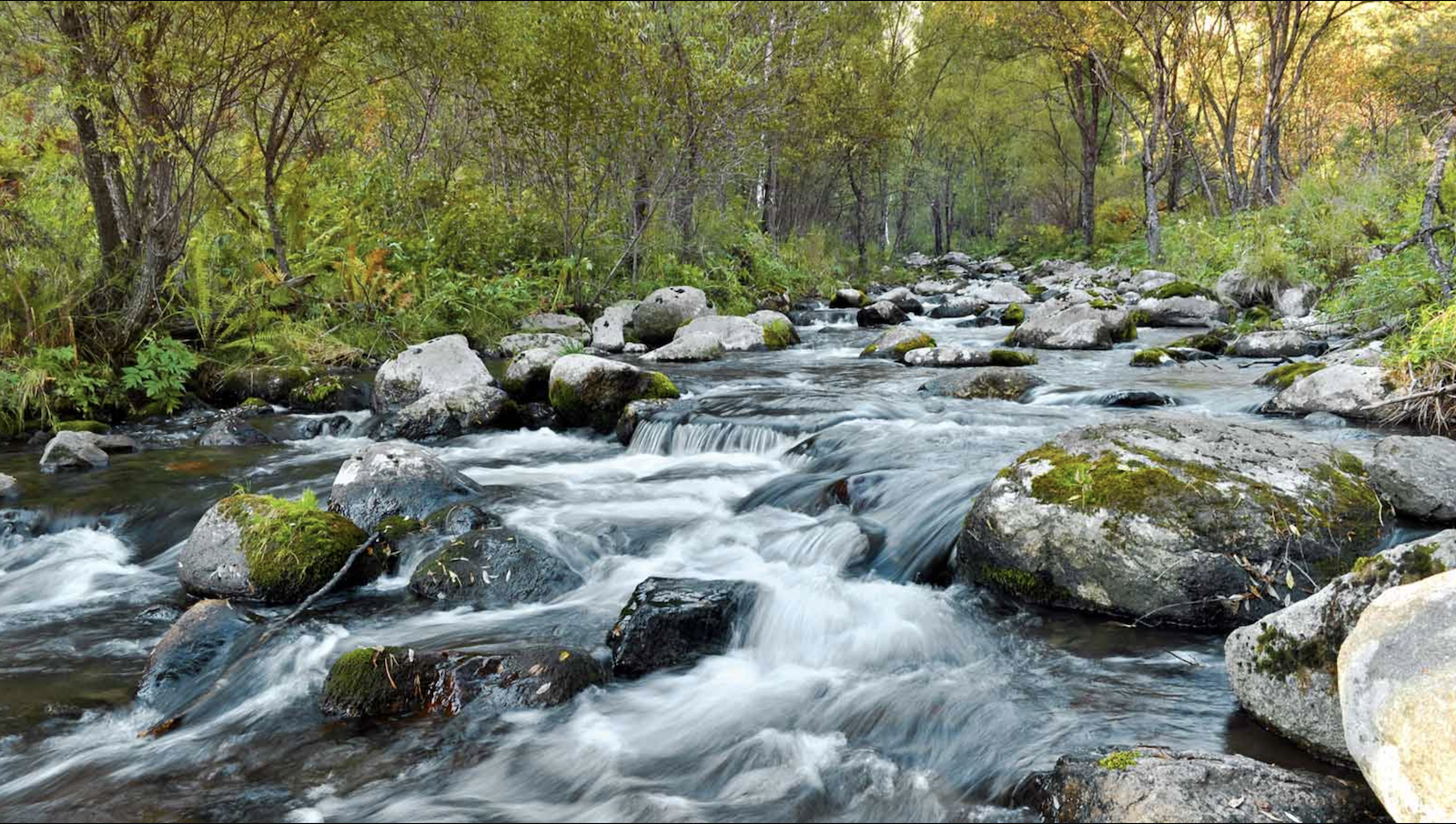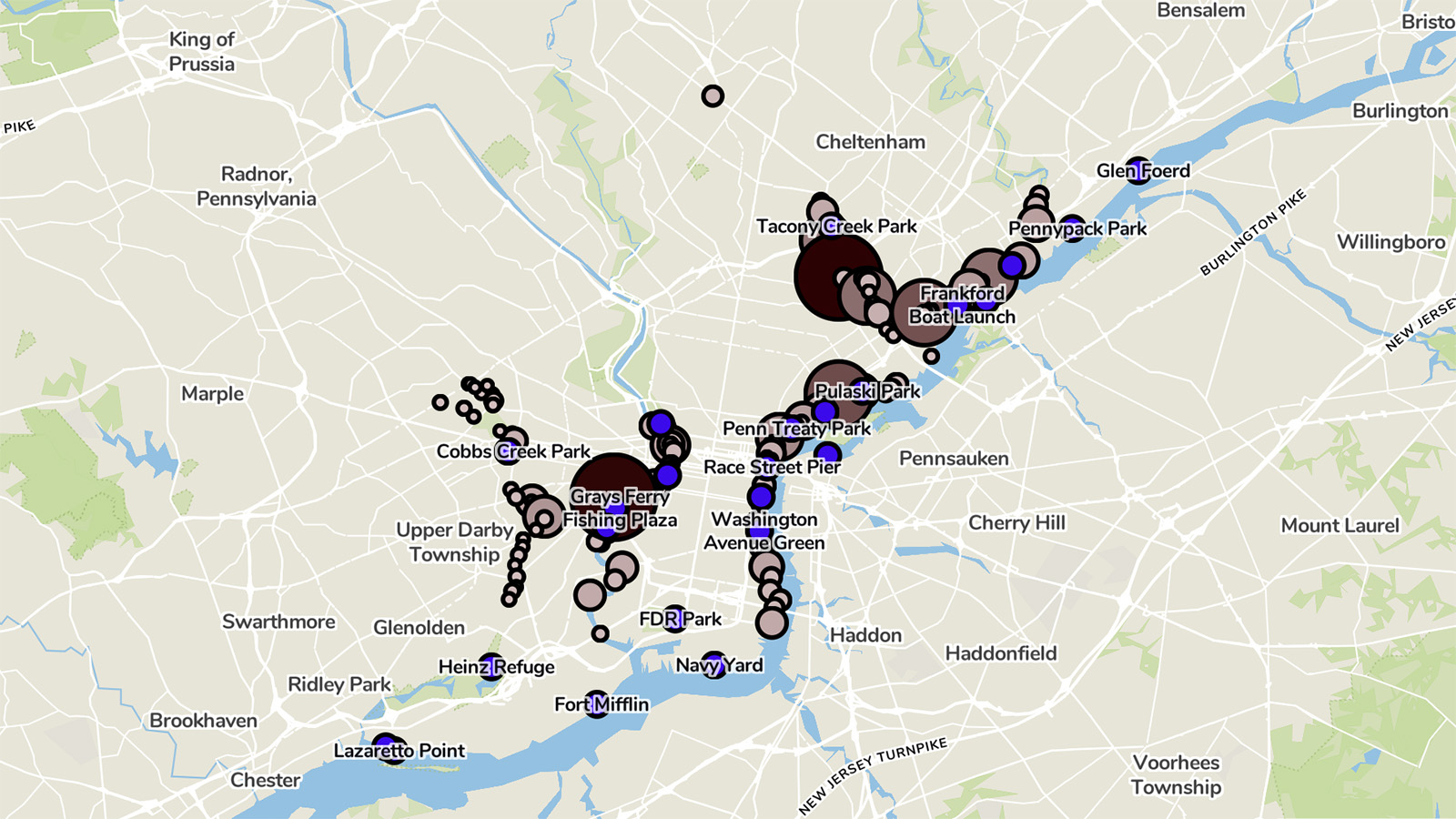
Letter to E&C Subcommittee applauds effort to address lead in drinking water
Environment America thanks the House Energy & Commerce Subcommittee on Environment and Climate Change for holding the subcommittee hearing on the CLEAN Future Act and Drinking Water: Legislation to Ensure that Our Drinking Water is Safe and Clean on May 25th. Several pieces of legislation before the subcommittee take crucial steps to address key pollution threats facing America’s drinking water, including PFAS and lead. In particular, Environment America is thrilled to see multiple proposals to fully fund the removal of all lead service lines. In addition, we ask the subcommittee to consider dramatically stronger initiatives to stop the pervasive lead contamination of water at schools, parks, and child care facilities across the country.

May 27, 2021
Chair Paul Tonko Ranking Member David McKinley 2369 Rayburn HOB 2239 Rayburn HOB
Washington, DC 20515 Washington, DC 20515
House Energy & Commerce Subcommittee on Environment and Climate Change Dear Chair Tonko and Ranking Member McKinley,
Thank you for holding the subcommittee hearing on the CLEAN Future Act and Drinking Water: Legislation to Ensure that Our Drinking Water is Safe and Clean on May 25th. Several pieces of legislation before the subcommittee take crucial steps to address key pollution threats facing America’s drinking water, including PFAS and lead. In particular, Environment America is thrilled to see multiple proposals to fully fund the removal of all lead service lines. In addition, we ask the subcommittee to consider dramatically stronger initiatives to stop the pervasive lead contamination of water at schools, parks, and child care facilities across the country.
Specifically, the committee’s final drinking water legislation should:
● Provide $45 billion to fully replace all lead service lines and require water utilities to do so within 10 years;
● Establish a grant program for local education agencies to install drinking water filtration stations, and appropriate sufficient funding to ensure safe drinking water for all children at K-12 schools and child care programs (at least $2 billion over five years);
● Establish a $500 million grant program to replace fountains at parks, playgrounds, and libraries; and
● Set criteria to voluntarily certify plumbing, fixtures, fountains, and other appurtenances thereto that contain no added or detectable lead and that may be used in schools and child care facilities.
Lead Contamination of Drinking Water is Widespread
While safe drinking water is a hallmark of modern civilization, it is never one that can be taken for granted. Over the course of nearly a century, we allowed key parts in our drinking water delivery systems to be built with a potent neurotoxin that affects how our children learn, grow and behave. As a result, we now have a national epidemic of lead-contaminated drinking water – from urban neighborhoods to suburbs to rural America. So far, lead has been detected in drinking water tap samples from community systems serving 186 million Americans . 1
Health experts tell us there is no safe level of lead. According to the Environmental Protection Agency (EPA),”In children, low levels of lead exposure have been linked to damage to the central and peripheral nervous system, learning disabilities, shorter stature, impaired hearing, and impaired formation and function of blood cells.” Medical 2 experts estimate that 24 million children are at risk of losing IQ points due to low levels of lead exposure. 3
It will take an unprecedented national commitment to get the lead out and ensure safe drinking water for all Americans.
Lead Service Lines Must Be Fully Replaced
Fully replacing all lead service lines is the single most important step we can take to reduce lead contamination of drinking water. These toxic pipes are the largest source of lead contamination wherever they exist. For decades, regulators and water utilities 4 thought they could “manage” this hazard through corrosion control and testing. The water contamination in thousands of communities – combined with the fact that there is no safe level of lead – show that this approach has failed. If we want safe drinking water, these lead service lines must go – as soon as possible.
Given the resources, we believe most communities should be able to replace their lead pipes in a decade or less. Some cities have already done so, while others have dragged their feet for decades. That is why the 10-year deadline set forth in the bi-partisan Smith-Cuellar Get the Lead Out bill (H.R. 3300) is so critical, and we urge the committee to incorporate this key provision into any final drinking water package.
Given the grave health risk, Congress should give communities the resources to get this ambitious task done on time. There are roughly 9.3 million lead service lines still out there, according to EPA’s most recent estimate. The full cost of removing these toxic 5 6 pipes is estimated at roughly $45 billion. Congress should provide this full funding, as proposed in three separate bills before the committee – CLEAN Future, Get the Lead Out, and AQUA – as well as President Biden’s American Jobs Plan.
We Must Ensure Safe Drinking Water at School
Our children should have safe, clean water wherever they go to learn and play each day. Yet lead contamination of schools’ water is widespread. In Arizona , for example, 48 percent of the 13,380 school taps tested found lead in the water. We have found similar patterns of contamination in schools across the country – from Montana to Massachusetts , and from New Jersey to Texas to Washington state and beyond.
While most schools do not have lead service lines, they do have extensive interior pipes, plumbing, faucets, and fountains. It was not until 2014 that federal lead limits for plumbing and fixtures were reduced from 8 percent to .25 percent of average material in contact with water. Even with fixtures at the current standard, there is some evidence of 7 contamination. In other words, most schools in America have lead built into their water delivery systems.
As we have learned with the lead service lines, lead testing is highly variable, and so a reactive strategy that only remediates taps based on samples will not safeguard our children’s drinking water. Rather, we must proactively “get the lead out” at our schools.
The single most effective step in this prevention strategy is to install new hydration stations equipped with point of use filters certified to remove lead. Such filters are highly effective at removing lead . The Senate’s bipartisan Drinking Water and Wastewater Infrastructure Act authorizes $200 million over five years that schools can use for lead reduction activities. While this is commendable progress over current programs, we urge the committee to go further, and ensure grant funding to install new hydration stations with point of use filters sufficient to supply safe water for drinking and cooking at K-12 schools and child care facilities.
Congress should also act to prevent lead contamination from other places where our children regularly access drinking water. Rep. Grace Meng has recently introduced legislation creating a $500 million grant program to replace pre-2014 fountains at parks, playgrounds, and libraries. We would strongly recommend that the committee incorporate her bill’s provisions into its drinking water package.
Meeting Other Critical Drinking Water Needs
Of course, ensuring safe drinking water for all Americans requires other investments as well. As Ranking Member McKinley observed during the hearing, leaking pipes are wasting vast quantities of clean water; we must replace them as well. And Congress should adopt further policies to safeguard our drinking water sources from toxic pollution, such as PFAS chemicals, microcystins, and nitrates. The EPA estimates maintaining and improving the nation’s drinking water infrastructure will require $472.6 billion over the next 20 years. Congress should take action commensurate with this 8 urgent need.
The public overwhelmingly supports federal investment in safe drinking water.
The American people value safe drinking water, and they consistently support robust federal investments to safeguard it. In fact, poll after poll shows that over 80 percent of Americans – including majorities in both parties – support federal funding to stop lead from contaminating our water.
Sincerely,
John Rumpler, Clean Water Program Director
Environment America
1 Kristi Pullen Fedinick, Millions Served by Water Systems Detecting Lead (NRDC May 2021); accessed on 5-25-21 at https://www.nrdc.org/resources/millions-served-water-systems-detecting-l…
2 U.S. EPA, Basic Information about Lead in Drinking Water, available online at
https://www.epa.gov/ground-water-and-drinking-water/basic-information-ab…
3 American Academy of Pediatrics, Policy Statement on Prevention of Childhood Lead Toxicity, June 2016, available online at https://pediatrics.aappublications.org/content/early/2016/06/16/peds.201…
4 Anne Sandvig et al., “Contribution of Service Line and Plumbing Fixtures to Lead and Copper Rule Compliance Issues” (Denver: AWWA and EPA, 2008), https://archive.epa.gov/region03/dclead/web/pdf/91229.pdf (showing that lead service lines (LSLs) account for 50-75 percent of lead contamination of water at the tap)
5 U.S. EPA, Exhibit 4-10 (LSL Inventory) to Lead & Copper Rule Revisions, 13 November 2019, available online at https://www.regulations.gov/docket?D=EPA-HQ-OW-2017-0300 (9,267,910 LSLs in 2023)
6 See “Replacing All Lead Water Pipes Could Cost $30 Billion,” Water Technology, 11 March 2016, available online at https://www.watertechonline.com/home/article/15549954/replacing-all-lead…(AWWA estimate of $5000 per LSL replacement x 9.3 million LSLs = $45 billion.)
7 Reduction of Lead in Drinking Water Act, National Service for Environmental Publications U.S. EPA, December 19 2013, https://nepis.epa.gov/Exe/ZyPURL.cgi?Dockey=P100M5DB.txt
8 U.S. EPA, 6th Drinking Water Infrastructure Needs Survey and Assessment, March 2018, available online at https://www.epa.gov/dwsrf/epas-6th-drinking-water-infrastructure-needs-s…
Topics
Find Out More


Clean Water Act on Trial

Parents and teachers urge EPA to get the lead out of schools’ water



